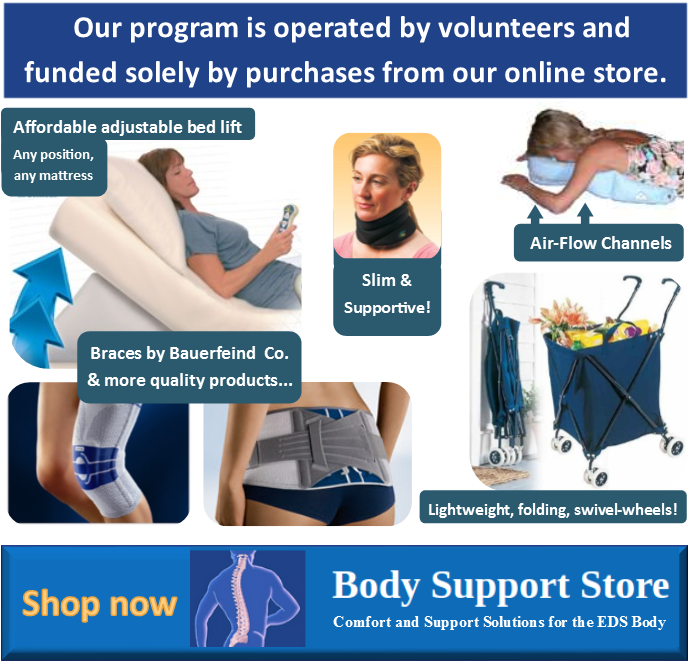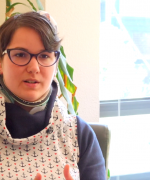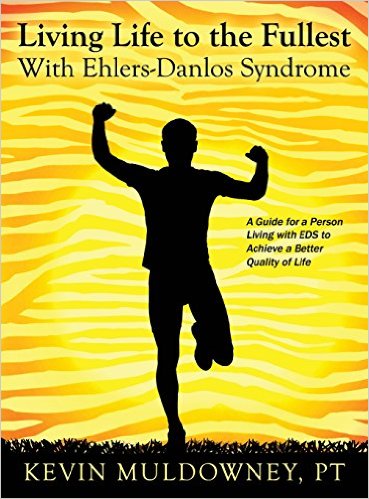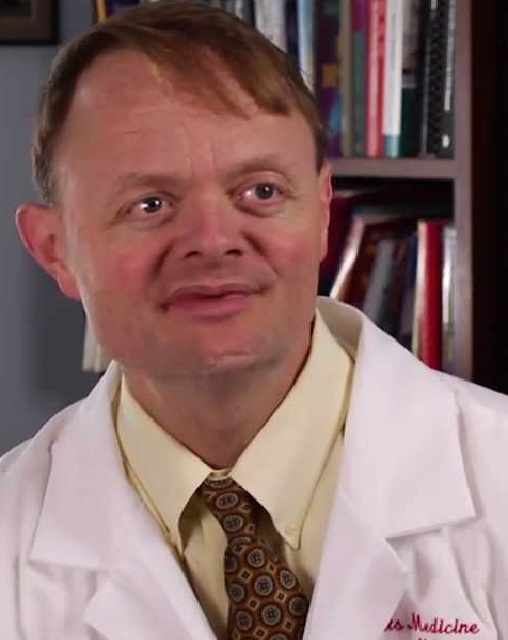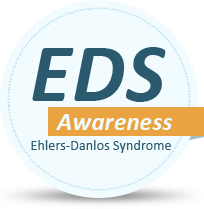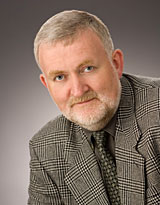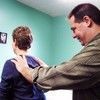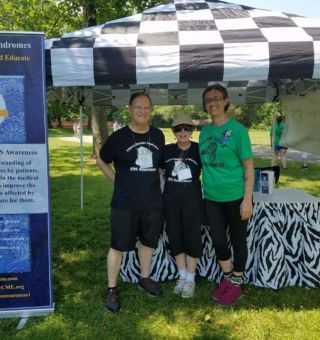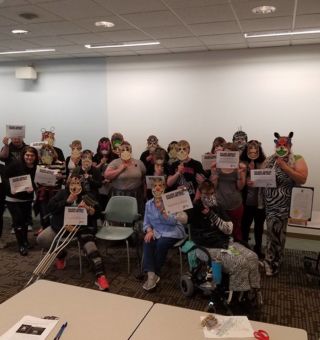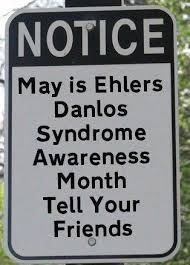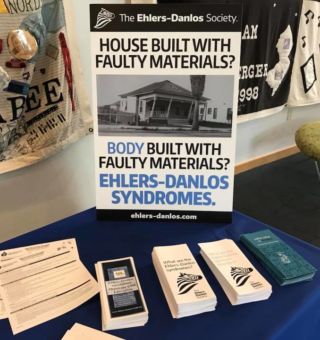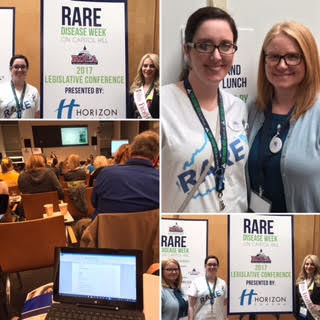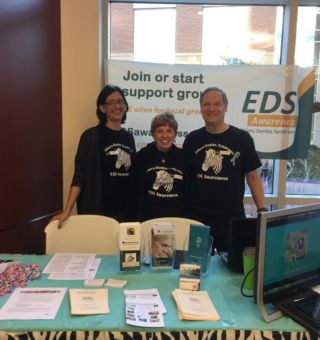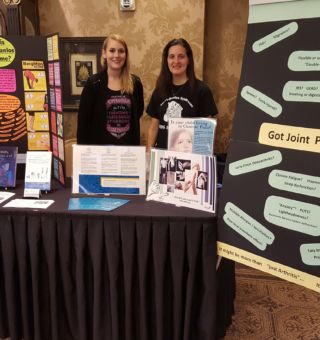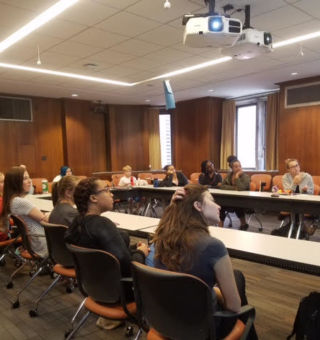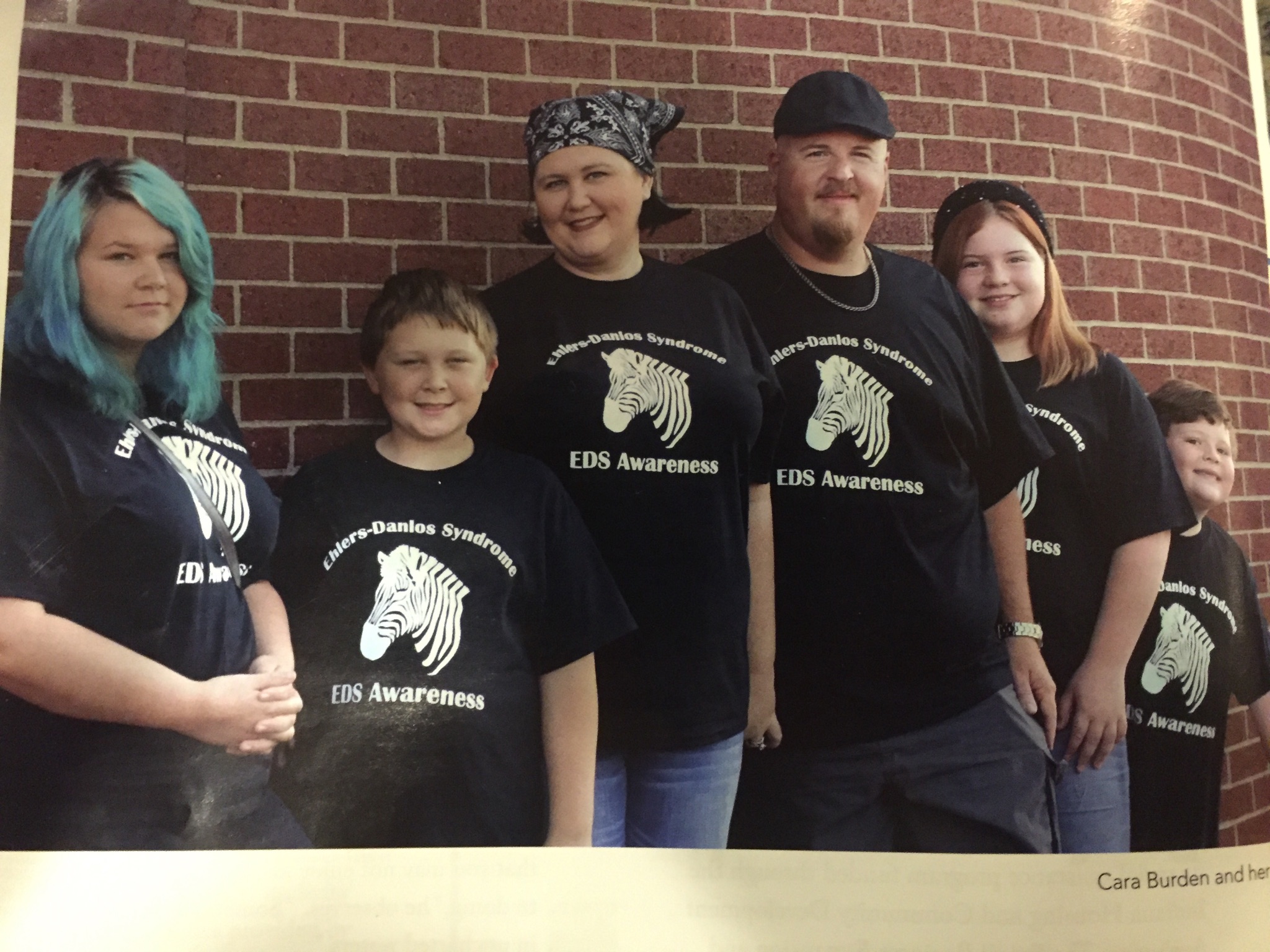Comment Policy
At Chronic Pain Partners/EDS Awareness, we seek to build a friendly environment for our readers and users. Below are the guidelines we hope will help create and maintain this community. The comments are moderated by the admin(s) at Chronic Pain Partners to make sure the comments section remains a safe and inclusive place for all who visit.
General Guidelines
- Use your real email address and real name. Our writers put their names on their writing. We’d like our commenters to do the same.
- Let’s keep it friendly: Be polite. Respect others. Don’t curse, attack anyone, or be offensive. Leave name calling out of it.
- Read and understand the whole article before giving your opinion. Do your own research before criticizing our content.
- Avoid comments about anything illegal (including the use of medicinal marijuana or other drugs that are legal in some places, but not others).
- Constructive feedback is welcome, but comments that add no value to the conversation will be deleted.
- No promotions or spam. You can mention helpful products or websites, but do not simply comment to promote your or anyone else’s product.
- The tone of the written word is not always obvious, so make sure your intent and meaning is clear.
- Please don’t shout: no comments in all caps.
- Limit your use of emojis. These can make comments harder to read, as not every emoji has the same meaning to everyone. They also are inaccessible to people with low vision and don’t always render, so use them sparingly.
Policy for using others’ names in your comments
Please refrain from disparaging anyone in your comments, but especially specific medical providers’ names, names of clinics or hospitals, names of medical organizations, or insurance companies positively or negatively. These comments will not be approved. Speak in generalities, like “the hospital near where I live” or “my pain management doctor.” We understand that medical providers can be excellent and do a world of harm, but we do not want to endorse or disparage anyone.
Policy for links in the comments
Don’t put any link(s) in the comments.
We don’t want to lead anyone to spam or content they don’t want to see or that Chronic Pain Partners doesn’t endorse. Our small but mighty volunteer crew doesn’t have the time to verify every link. If you want to provide a link, simply include enough information about it that it can be found by searching with a search engine (Google, Bing, etc).
Examples:
I was reading an article in People magazine titled “Six Celebrities with Disabilities.”
I really like the topical pain reliever I’m using. It’s called Pain-A-Way and it’s available on Amazon.
There’s a really cool documentary about this called “EDS & Me”. I found it on YouTube but it might be
available other places.
Why has your comment been rejected?
Your comment on Chronic Pain Partners has been rejected because of one or more of the following reasons:
- Your comment is a personal attack.
- Your comment includes hate speech, insults or other offensive sentiments.
- You have put spam links (promotional or personal).
- You have shared misleading or blatantly incorrect information.
- Your comment is out of context.
- You’ve shared something illegal or that could get someone else into legal trouble.
- It’s written in ALL CAPS or a foreign language. Most of our visitors are English-speaking, and we don’t have the time or resources to translate comments that are in languages other than English.
- You specifically mentioned doctors or other medical providers, clinics, medical organizations, or companies by name.
- You did not use your real identity (email and name).
- You included a physical address, phone number(s), or email address(es).
We will not approve your comment(s) if we find any of the reasons mentioned above in your comment(s). While we would like to email each person’s comment we don’t approve, we are a small team of volunteers. If you have questions as to why your comment was rejected, contact us at https://www.chronicpainpartners.com/contact-us/
If our moderators find you repeatedly violating our guidelines, you will be warned once, then banned from commenting on our website.
Chronic Pain Partner’s Comment Rights and Liability
We have the right to edit (within reason, without changing the meaning of the comment), remove or delete your comment(s) on the Chronic Pain Partners website.
While we try to post every comment in a timely manner and offer a response from a member of the Chronic Pain Partner’s staff, we may fall behind at times and may not be able to offer a complete response. We hope our community of fellow commenters joins the conversation to answer questions and offer suggestions.
Some articles will not have the comment section open, a decision made by the administrators for a number of reasons. We may also close comments if the discussion is devolving into offensive, unhelpful statements, and/or personal attacks. Articles that are older may also have comments closed.
By posting your comment(s) on Chronic Pain Partners, you should not share any of your personal data like phone number, address etc. You take full responsibility for your own opinion(s) and your contributions, and Chronic Pain Partners is not responsible for the content or resultant action taken due to your comments.
Our writers are volunteers, and, unless specified, are not experts. We are sharing interviews, research, and information we find through various channels. Personal stories are the experience of the person telling the story, not the author, unless noted.
Happy commenting!
If you have any doubt, contact us at https://www.chronicpainpartners.com/contact-us/



